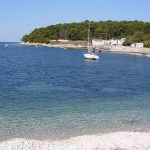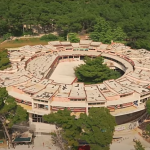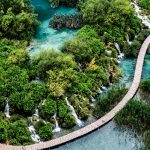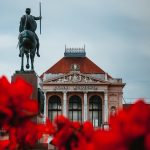A desert in Croatia? Real life camels? A flying rooster to repulse the sieging Ottomans? It is all happening in and around the town of Djurdjevac, east of Zagreb. TCN reports on September 16, 2017.
One of the great ironies of Croatia, for me at least, is that it is a stunning country of spectacular beaches, but many tourists complain that it is hard to find a sandy beach. It is true that the majority of beaches consist of pebbles and rocks (which help keep the water so clear by the shore), but sandy beaches do exist, but they are relatively hard to find. How ironic then that the land of million pebble beaches has its very own desert, with sand aplenty.
Well, perhaps not that much these days, but tucked away in northern Croatia, about a two-hour drive east of Zagreb lies a 20-hectare plot, whose desert credentials have seen better days, but which is now as the Djurdjecacki Pijesci, or Djurdjevac Sands. It has also acquired the nickname, the Croatian Sahara, but let’s qualify this with a spoiler alert – if you have crossed the real Sahara and battled your way to Timbuktu, you will not be facing the same adrenaline rush in the Croatian version.
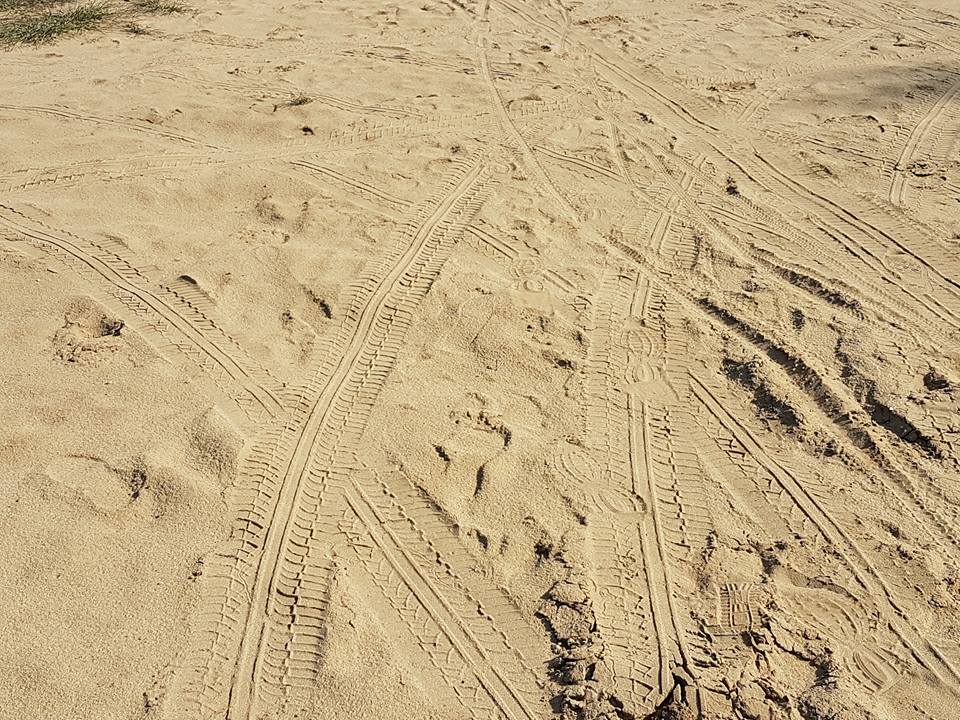
Still, a desert is a desert, and something a little unusual in these northern climes.
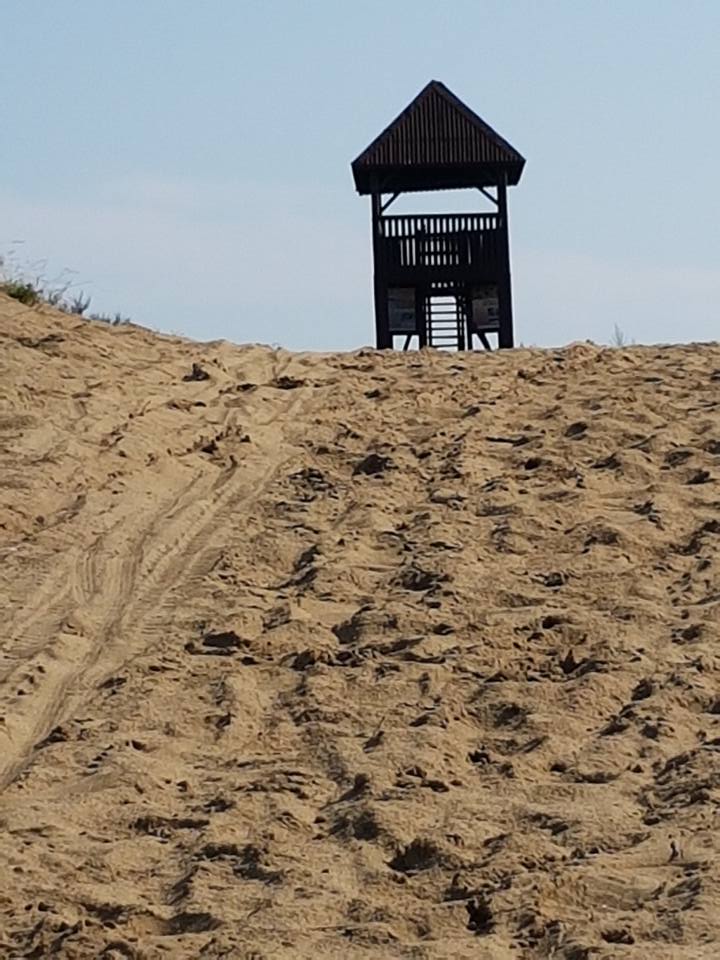
The extent of the pure sand is a little limited these days, and one has to work at the photography to give the impression one is surrounded by sand in the middle of the desert – this was my paltry effort above.
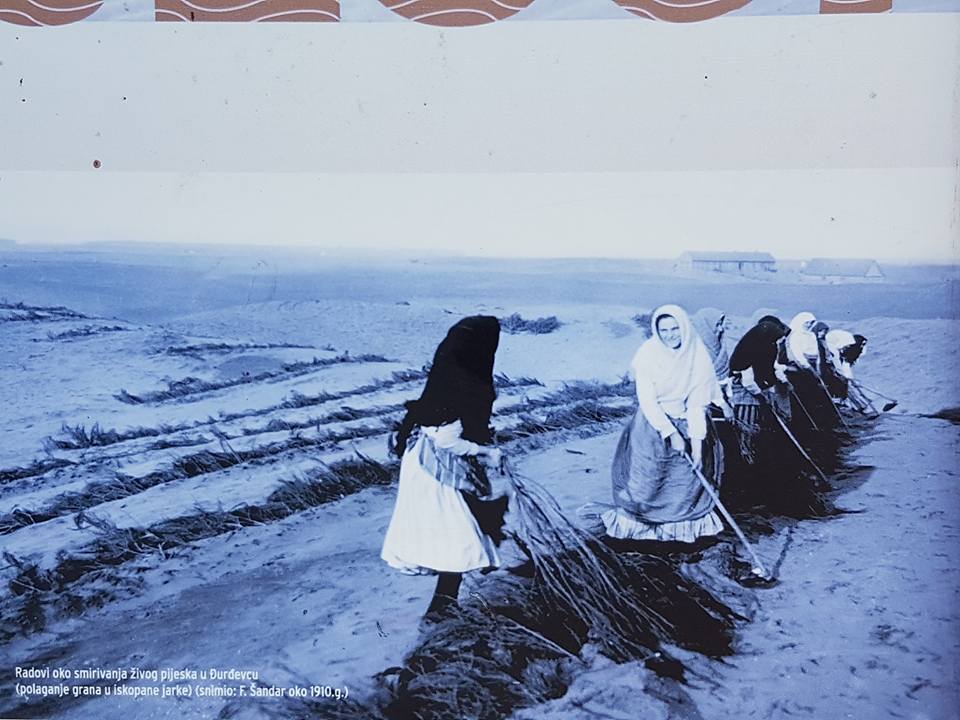
Back in the day though, as this 1910 photo on site shows… The caption explains that the ladies are working on taming the sands by laying branches in ditches.
Back in 1963, the 20-hectare desert was declared a special botanical and nature reserve, and it is home to some 300 types of butterfly, as well as an array of flowers and plants which are helpfully labelled throughout the desert.
But, as we all know, any self-respecting desert has to have camels to be truly authentic. So thought the Mayor of Djurdjevac, and he set to work to acquire three camels from a farm in northern Germany, to bring a little tourism boost to the desert story.
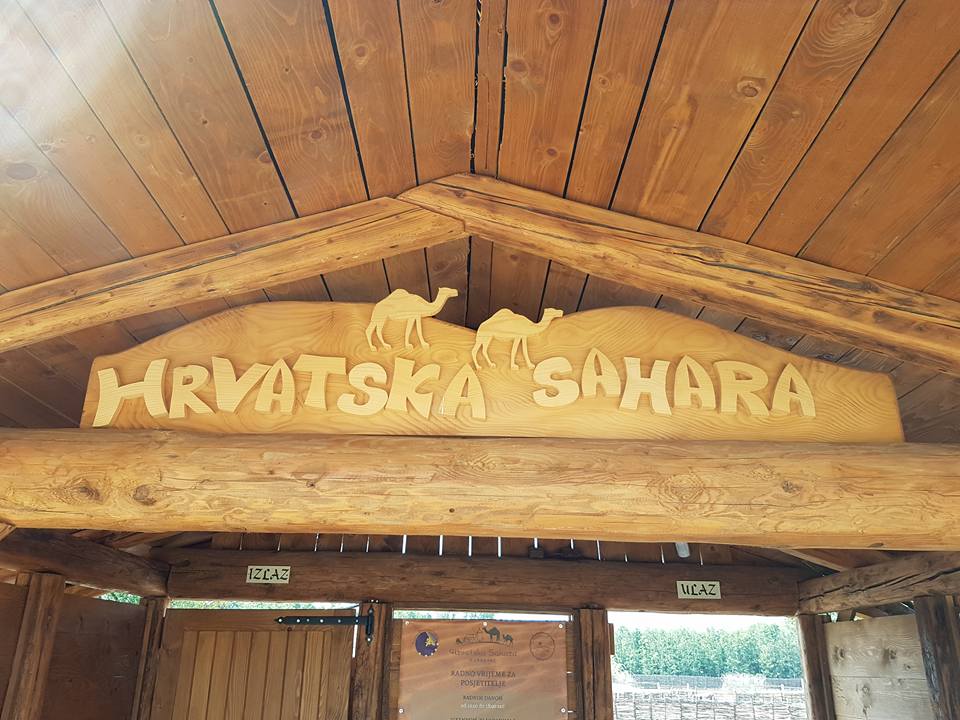
Welcome to the Hrvatska Sahara! Which in actual fact is not located by the desert, but rather next door to the rather delightful old town of Djurdjevac, which must be the smallest old town in all Croatia.
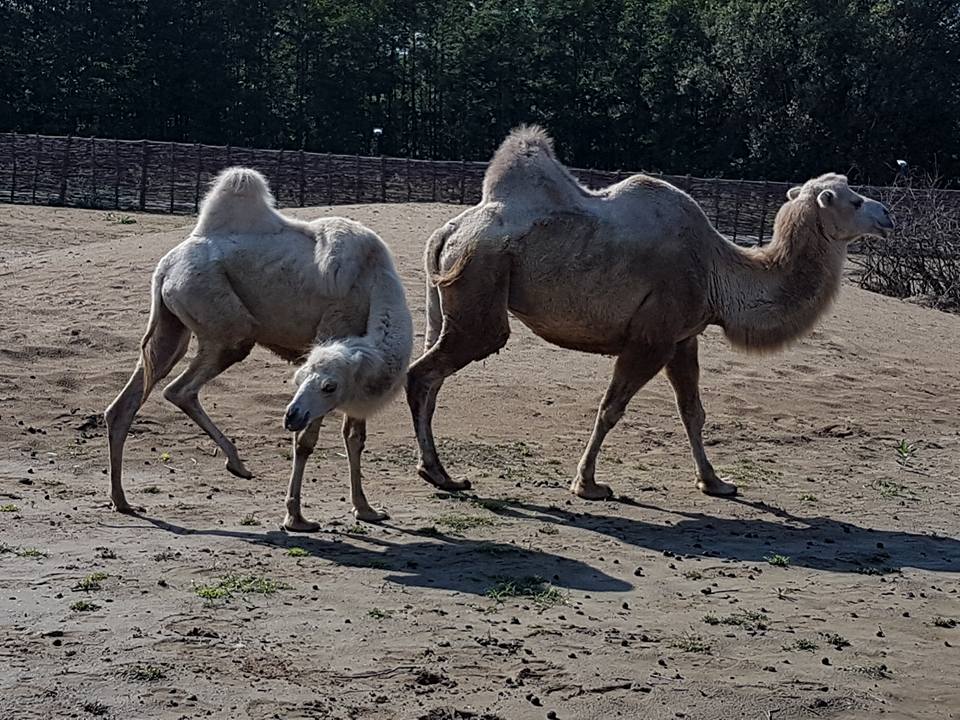
There are three camels in all, including an 18-month old, who was born in Germany. No riding of the camels is allowed, but they are very friendly, and there were plenty of opportunities to pet and feed, and the staff at Hrvatska Sahara were very friendly and accommodating, and full of knowledge to deal with all the questions from the little ones.
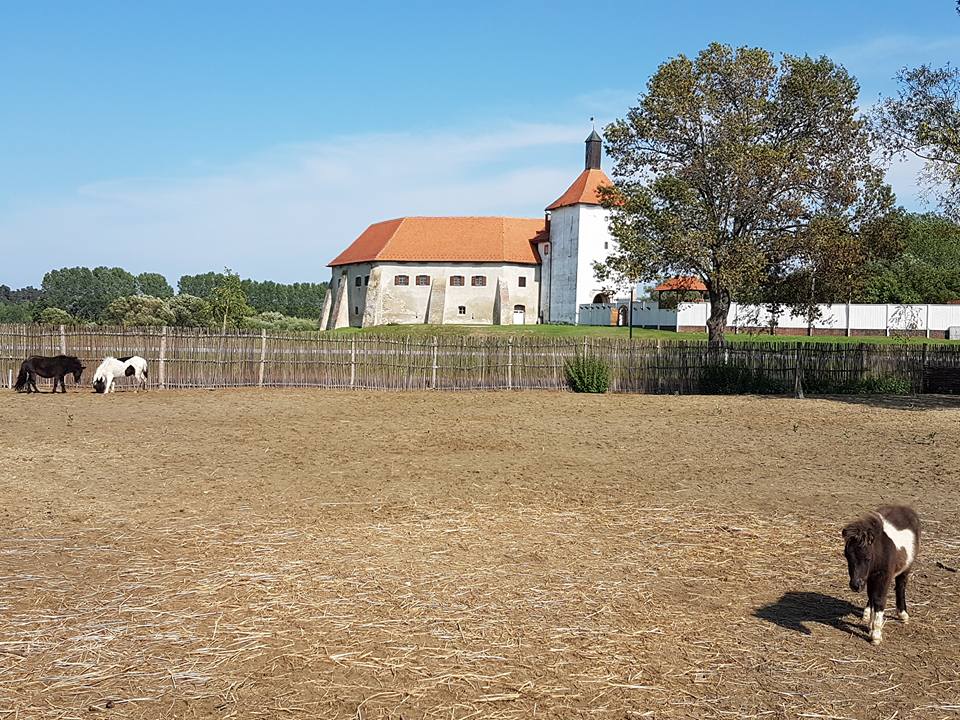
The Hrvatksa Sahara,which has the old town directly behind, is a well-designed complex, where kids can roam freely, and there are other animals to visit as well, including Shetland ponies and a species of goat from North Africa, with rather unusual horns.
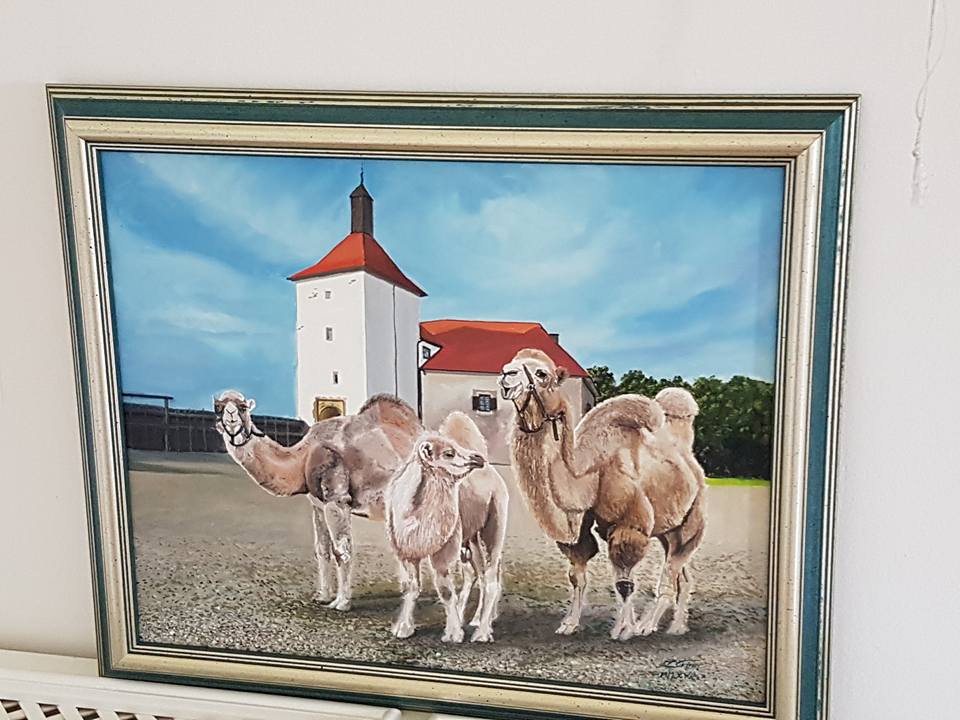
The unlikely relationship is enshrined in art in the old town.
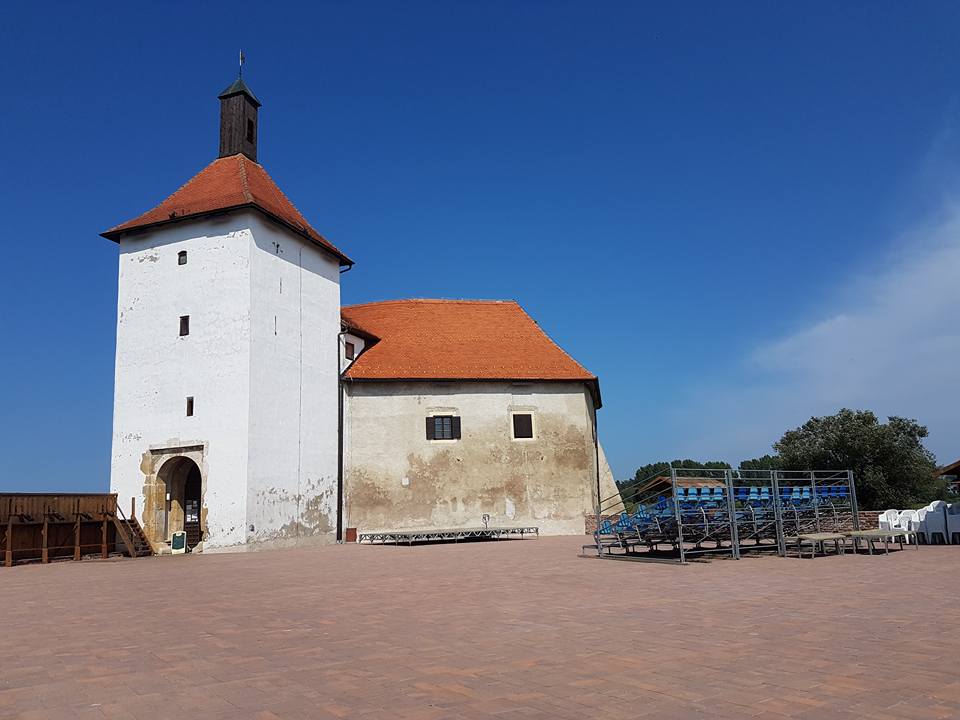
And so to the old town, whose outer ramparts today comprise of wood, and whose outer courtyard has been given over to a concert venue. What a fantastic venue, and I can imagine some special events have been enjoyed over the summer period.
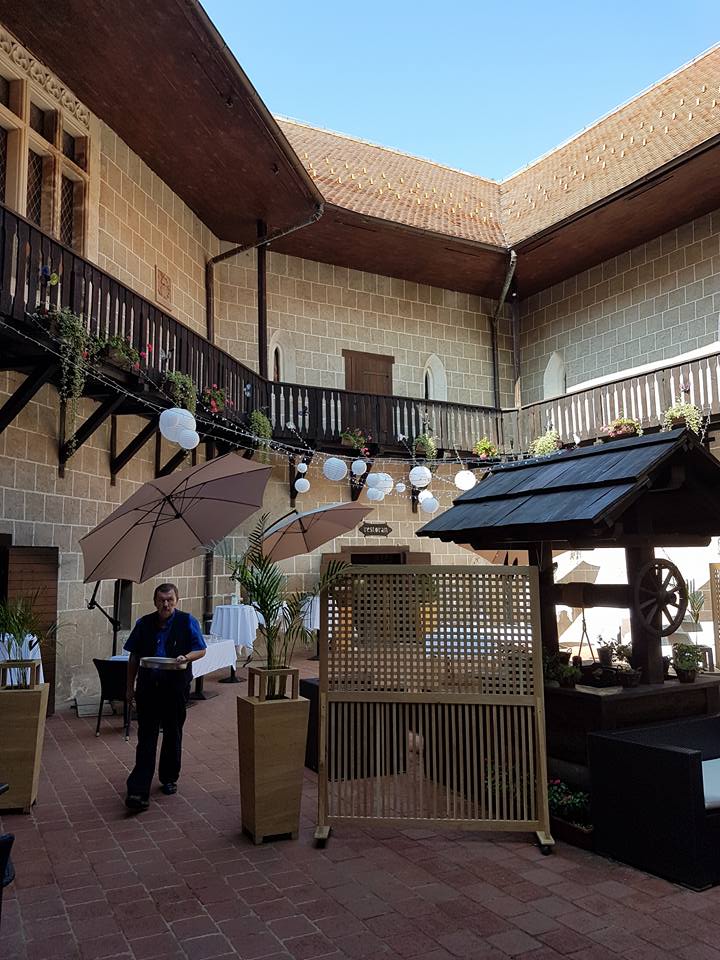
The building is very small, but local authorities have done wonders with it, packing in an array of things to see and do, without compromising its authentic look. There are various rooms lining its exterior, with a hollow courtyard centre, which lent itself rather well to a Pivnica restaurant.
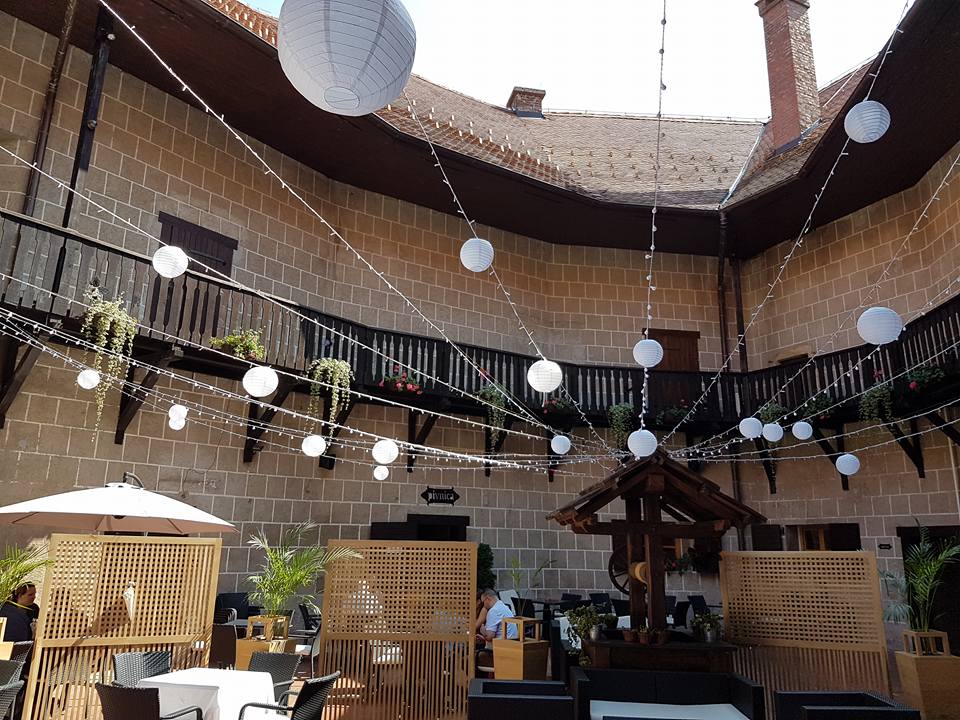
And a rather popular wedding destination, as one can imagine.
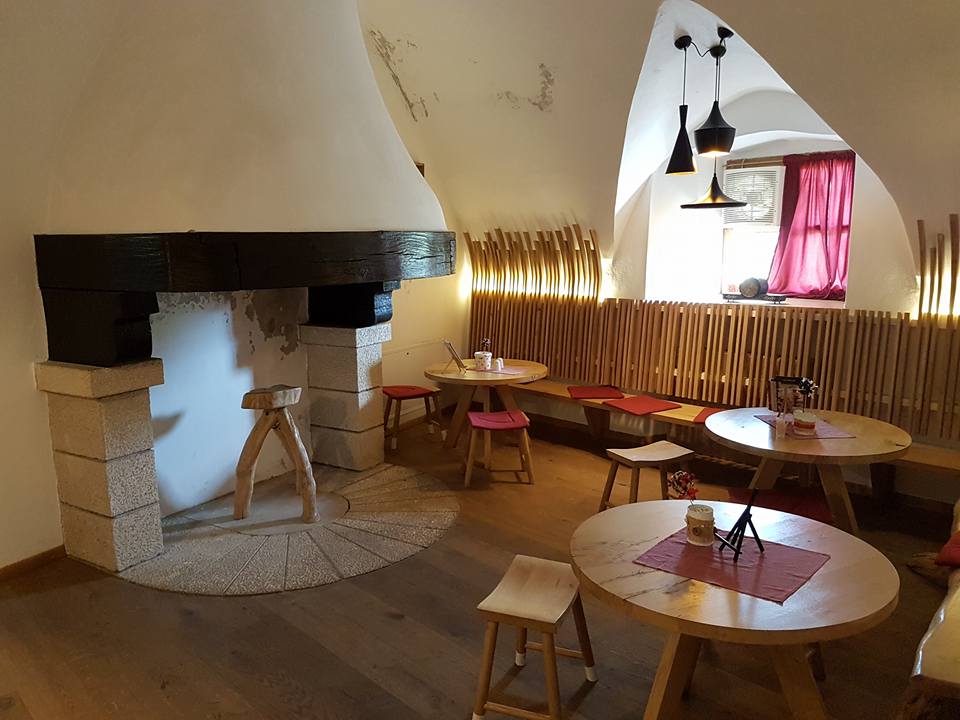
With a very cute interior.
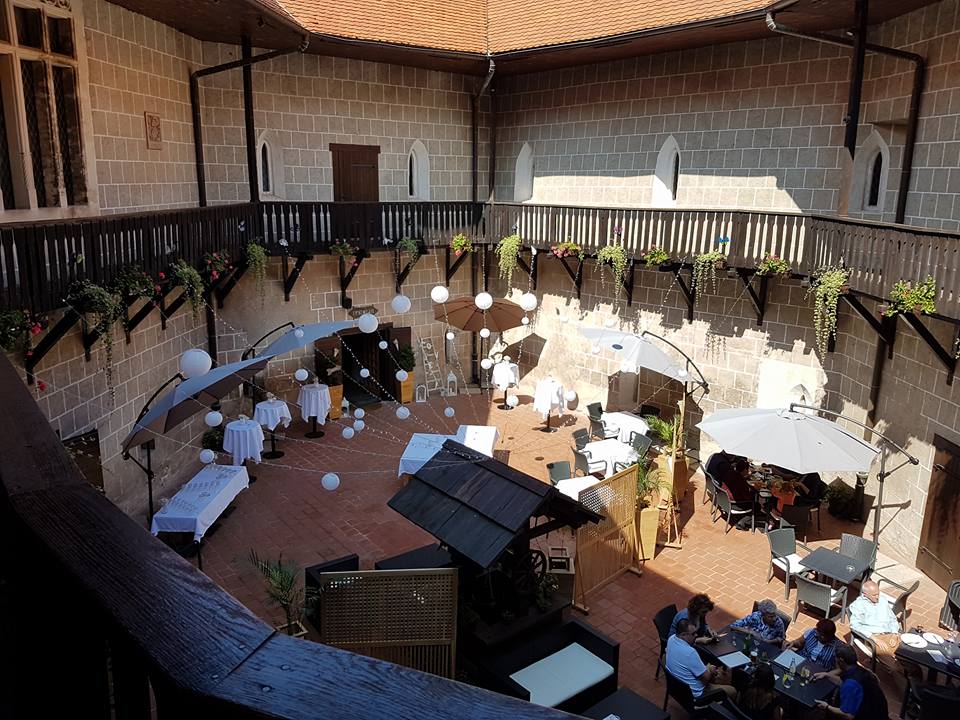
The view from the museum entrance on the first floor.
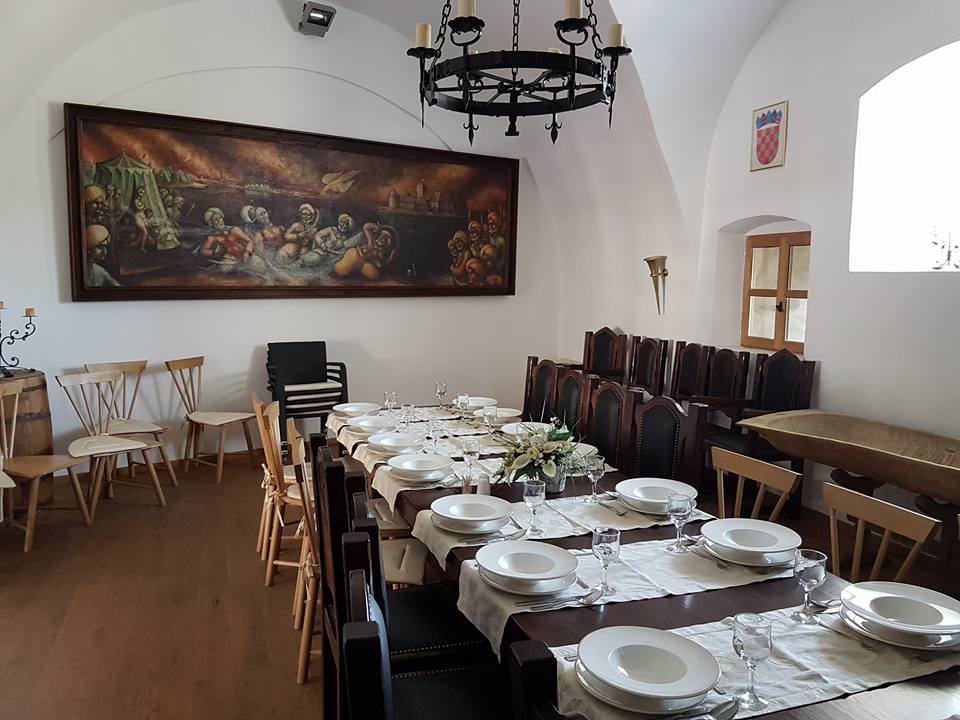
Everything ready for the wedding in one of the executive rooms, with the painting at the end of the room explaining the famous Djurdjevac legend and how the town defeated the Turks who were besieging the town. It remains one of my favourite Croatian legends in a very rich field. The Turks were besieging the old town, and the situation was looking desperate. Food was running out, and there were no signs of help arriving to avert the siege. There were few options available, and so when an old lady approached the commander and explained that there was only one rooster left to feed the town, and they had nothing to lose by firing the rooster at the Turks to give them the impression that food was so plentiful, they could afford to fire it at the Turks for fun, he agreed to give it a try. The Turks, having been fired on by a rooster, realised that the siege would take forever as the town had so many supplies, and they decided to abandon their siege. The story is well told and reenacted in the museum on the first floor, and it is celebrated in the annual Picokijada festival.
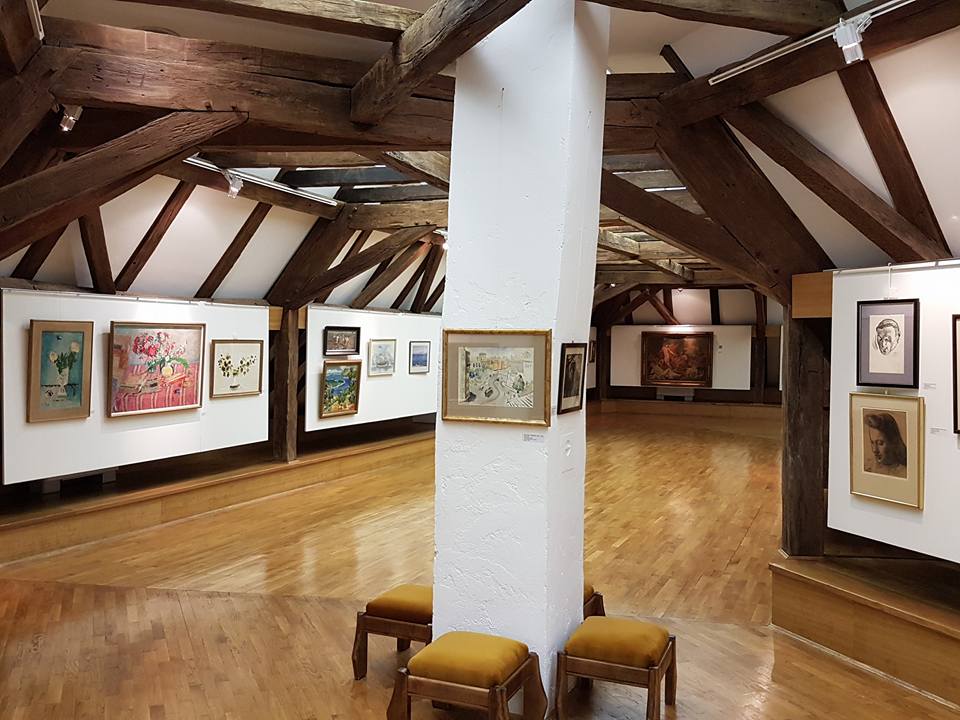
Museum entry gives one access to two floors of the outer walls. The roof structure is a random collection of art from the private collection of local artist Ivan Lackovic Croata, an array of pieces from other artists.
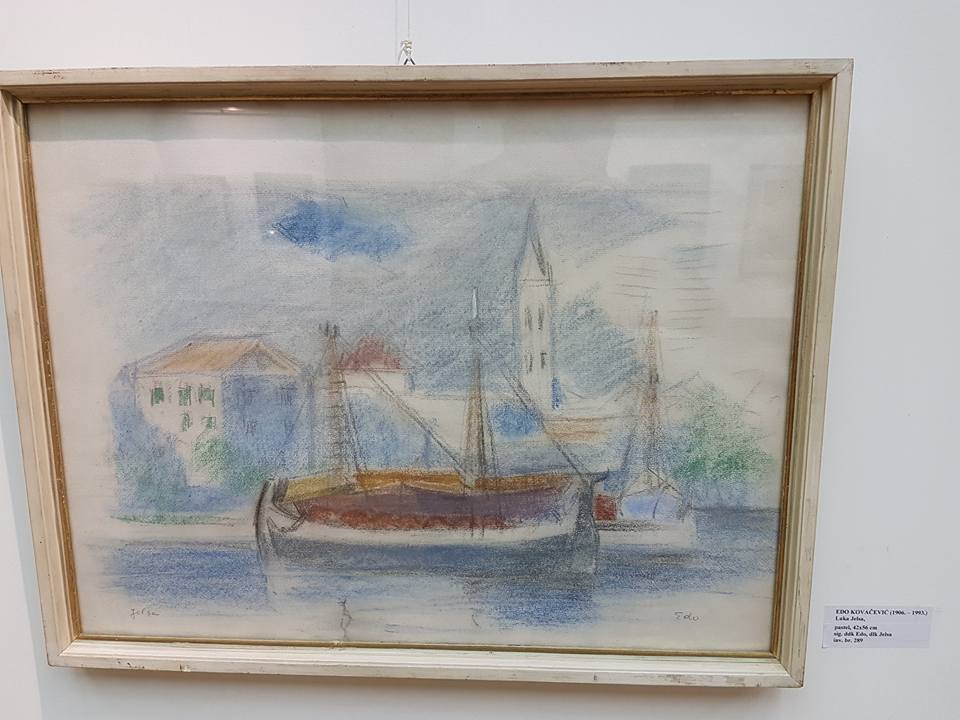
We were much cheered to find a rather familar view.
“Look, there’s Jelsa, Mummy!”
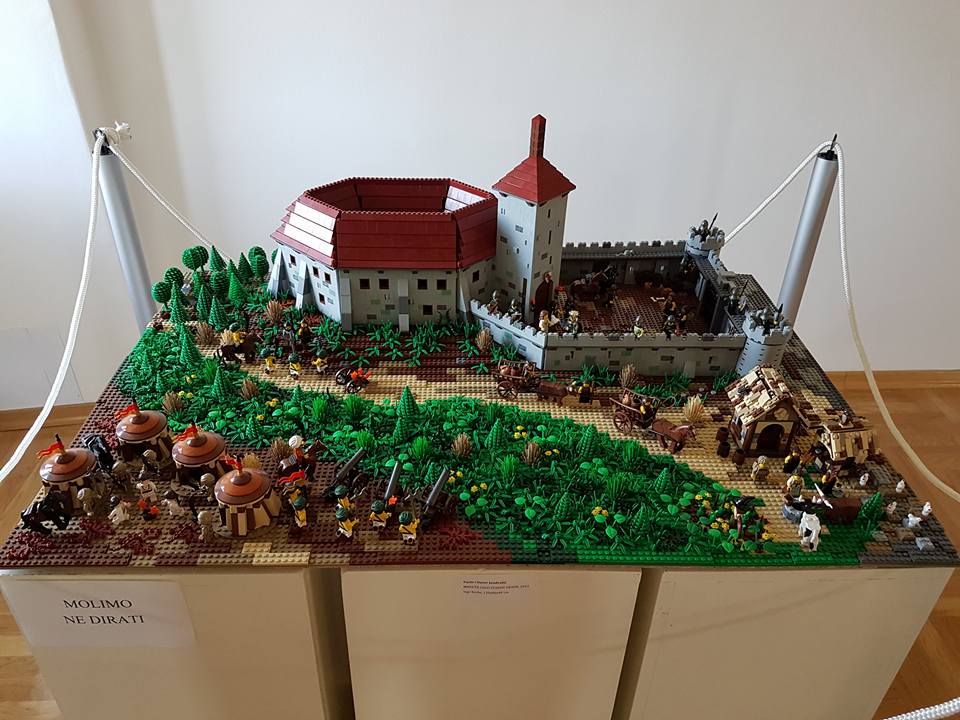
And special mention to this wonderful LEGO creation, of both the old town and the Ottoman siege. Seriously impressive stuff.
All in all, a rather fun day trip, with something for all the family, and the perfect day our from our fabulous stay at one of Croatia’s top agro-tourism stars, the nearby Zlatni Klas in Otrovanec, which has its own Ottoman legend, as well as being a premier Croatian hospitality experience, which you can read about here.



